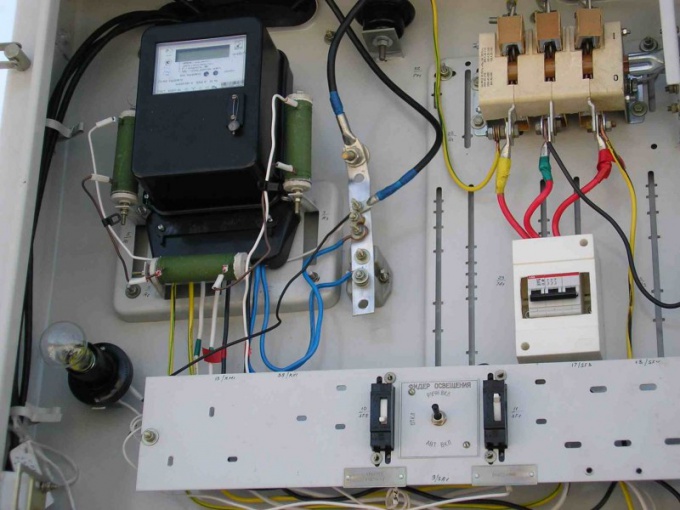Instruction
1
Calculate the maximum load on the electricity network. To do this, define the maximum capacity of consumers that can be simultaneously connected to it. Then define the material of the conductor, which will be done wiring. To do this, take a copper wire, it has a higher conductivity than aluminum and not so quickly burn out at higher load.
2
Calculate the wire size required for proper load distribution. To do this, the total power of all consumers, which can be found in the technical documentation on them, divide by the nominal voltage. The result is the maximum value of current which needs to flow (I=P/U). Domestic and industrial network are made so that the source voltage was the same on all connectors (sockets).
3
After determining the maximum flow in the power network, locate the wire cross section, from whence the network. Please note that the maximum current density for aluminum wire is 5 A/mm2 and for copper - 8 A/mm2. Install a fuse with a nominal value, minimum maximum circuit current, to avoid burnout of the conductors in the network in case of a short circuit.
4
Example If on a country site it is necessary to calculate electric load, add up the number of power appliances that may be included in the network. Lighting 10 lamps of 100 Watts (1 kW), boiler 4 kW, 0.5 kW refrigerator, microwave oven 2.5 kW, smaller household uses 2 kW. In sum, we obtain the capacity of 10 kW=10,000 watts. As in the home network, the effective voltage value is 220 V, calculate the maximum current in the network I=10000/220≈45,46 A. For network devices use the aluminum conductor section of at least 45,46/5≈10 mm2 or copper 45,46/8≈6 mm2. Install a fuse with a nominal value of at least 46 A.

